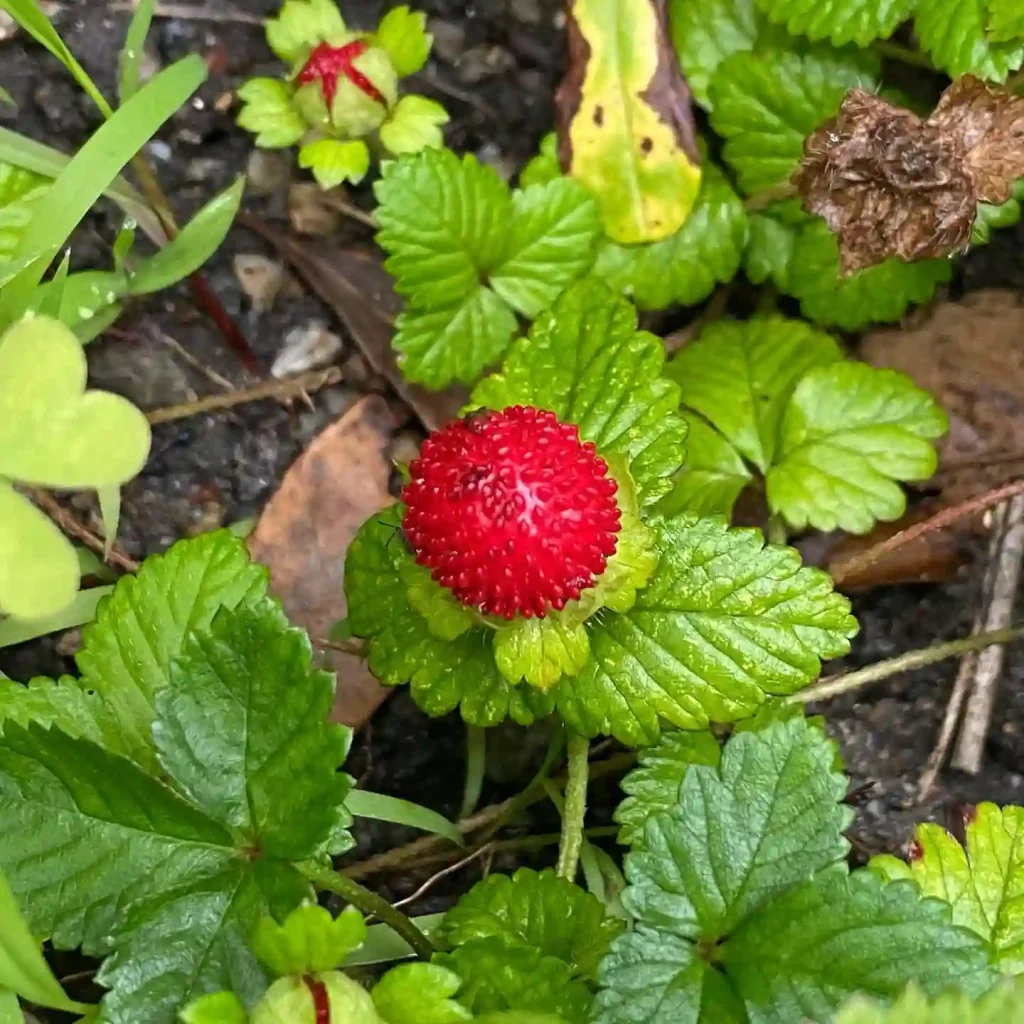
FAQs About Aspidistra Elatior
Aspidistra Elatior, often known as the Cast Iron Plant, belong to the Asparagaceae family, is a popular choice for indoor gardens due to its resilience and adaptability. I’ve been growing Aspidistra Elatior for some time, and I’ve found it to be a low-maintenance plant that’s perfect for various environments. Here, I’ll address some of the most frequently asked questions about this remarkable plant.
Plant Family: 119 Genera in Asparagaceae
Where to Buy Aspidistra Elatior?
Finding Aspidistra Elatior isn’t too challenging, but your best bet is to start with local nurseries or garden centers. These places often carry a range of indoor plants, including Aspidistra Elatior. If you’re unable to find it locally, online plant retailers are a great option. Websites like Amazon, Etsy, or specialized plant shops often have Aspidistra Elatior available for purchase. Just make sure to check the seller’s reviews and return policy before buying. Additionally, some larger home improvement stores with garden sections might carry it.
Is Aspidistra Elatior Poisonous to Cats?
One of the reasons I appreciate Aspidistra Elatior is that it’s non-toxic to cats. If you’re a cat owner like me, this plant is a safe choice to have around your feline friends. Unlike some other houseplants, Aspidistra Elatior won’t cause harm if your cat decides to take a nibble. It’s always a good idea to monitor your pets to ensure they aren’t overly interested in your plants, but Aspidistra Elatior is generally a pet-friendly option.
Is Aspidistra Elatior Poisonous to Dogs?
Aspidistra Elatior is also non-toxic to dogs. This plant is safe to have around your canine companions, so you don’t have to worry about potential poisoning. My own dog occasionally shows interest in the plants around the house, and I’ve never had any issues with Aspidistra Elatior. It’s reassuring to know that this plant won’t pose a risk to my pets if they decide to investigate it.
What Is Aspidistra Elatior?
Aspidistra Elatior is a hardy, evergreen perennial native to East Asia. It’s renowned for its glossy, dark green leaves and its ability to thrive in low light conditions. This plant has earned the nickname “Cast Iron Plant” due to its toughness and ability to withstand neglect. It can grow up to two feet tall and wide, making it a great choice for adding a lush, green touch to your indoor space.
How to Care for Aspidistra Elatior?
Caring for Aspidistra Elatior is straightforward. It prefers low to medium indirect light but can tolerate low light conditions, making it ideal for dim corners of your home. Water it when the top inch of soil feels dry, but avoid overwatering as it can lead to root rot. It’s best to use a well-draining potting mix. Aspidistra Elatior doesn’t require frequent fertilization; a balanced fertilizer once or twice a year is sufficient.
How to Propagate Aspidistra Elatior?
Propagating Aspidistra Elatior can be done through division. To propagate, carefully remove the plant from its pot and separate the rhizomes, making sure each piece has a few roots attached. Replant the divisions in separate pots with fresh potting mix. Keep the new plants in a warm, shaded area until they establish themselves. This method is relatively simple and effective if you’re looking to expand your collection.
What to Plant With Aspidistra Elatior?
Aspidistra Elatior pairs well with other low-light or shade-tolerant plants. Consider combining it with ferns, philodendrons, or peace lilies to create a lush, green arrangement. The contrast between the glossy leaves of Aspidistra Elatior and the textures of other shade-loving plants can make for a striking display.
Can You Grow Aspidistra Elatior Indoors?
Yes, Aspidistra Elatior is an excellent choice for indoor environments. Its tolerance for low light and minimal care makes it perfect for indoor spaces. Whether you’re looking to brighten up a dim room or add greenery to your office, Aspidistra Elatior fits the bill.
Is Aspidistra Elatior Toxic?
As mentioned earlier, Aspidistra Elatior is non-toxic to both cats and dogs. It’s a great plant for households with pets, providing beauty without the risk of poisoning. This plant’s safety, combined with its durability, makes it a popular choice for indoor gardening.
Benefits of Aspidistra Elatior
The primary benefits of Aspidistra Elatior include its hardiness and versatility. It can tolerate low light, infrequent watering, and varying temperatures. Its glossy leaves add a touch of elegance to any space, and its ability to thrive with minimal care makes it a favorite among busy plant lovers.
Common Problems with Aspidistra Elatior
While Aspidistra Elatior is quite resilient, it can sometimes suffer from issues such as leaf spot or yellowing leaves. These problems are often due to overwatering or poor drainage. Ensuring the plant has adequate light and using a well-draining soil mix can help prevent these issues. Regularly checking for pests like spider mites or scale can also help maintain its health.
Compare with Other Plants
Compared to other low-light indoor plants like Snake Plant or ZZ Plant, Aspidistra Elatior offers a different aesthetic with its broader, glossier leaves. While Snake Plants and ZZ Plants are also hardy, Aspidistra Elatior’s ability to grow in even lower light conditions makes it unique. Its texture and leaf shape set it apart from the more architectural forms of Snake Plants and ZZ Plants.
Aspidistra Elatior is a fantastic plant for anyone looking to add a touch of green to their indoor spaces with minimal fuss. Its non-toxic nature, combined with its low-maintenance care requirements, makes it an ideal choice for both experienced gardeners and those new to plant care.
If i die, water my plants!



